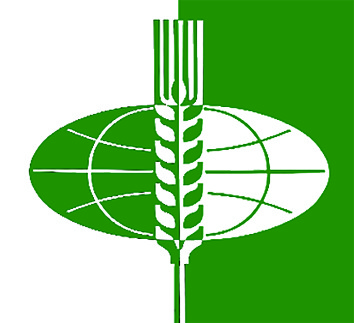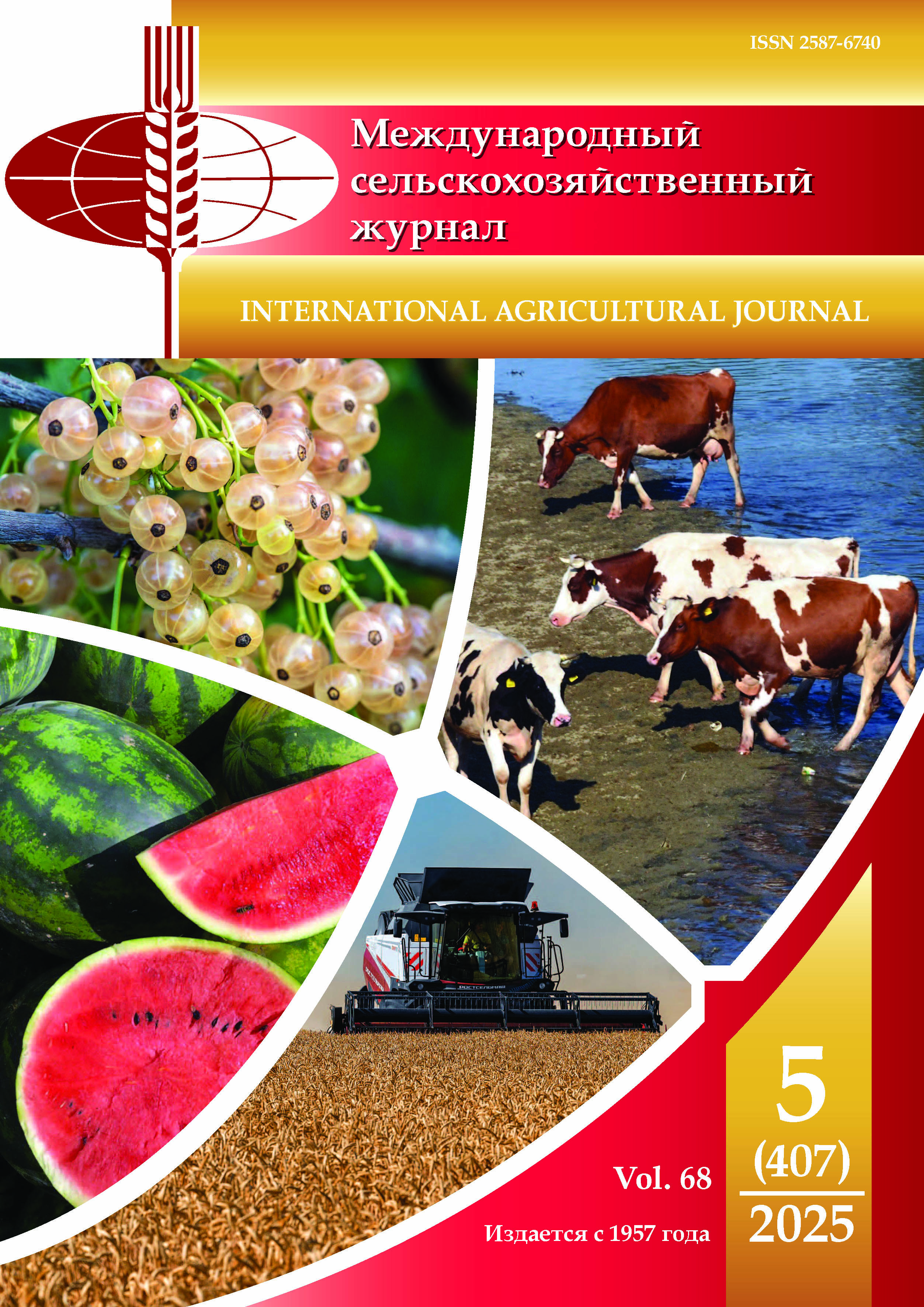UDC 339.137.2
The forestry industry and agriculture play an important role in the country's economy. Cross-industry research allows us to obtain many positive effects, the most important of which may be a synergistic effect and a systematic approach to solving similar problems. The article presents the results of a study of the features of increasing the competitiveness of Russian enterprises using the example of the forestry industry and agriculture. With the help of experts, the key factors affecting this parameter of enterprise activity have been identified. The significance of these factors has also been assessed. It is determined that the price and quality of products, as well as the technical aspects of production are the most important from the perspective of forming the competitiveness of enterprises. The scheme of the life cycle of products in the forestry and agricultural sectors and the mechanism of increasing the competitiveness of enterprises of the forestry industry and agriculture are presented. The latter clearly demonstrates the interrelation of a complex of internal processes, actions and decisions of an enterprise implemented on the basis of a system of incoming information flows with a set of achieved effects. The presented effects lead to an increase in the overall competitiveness of enterprises. The paper also highlights the most important aspects of enterprises' activities, which should be key to increasing the competitiveness of both individual business structures and industries as a whole.
competitiveness, forestry, agriculture, efficiency, mechanism, factors, life cycle
1. Yan, H., Xu, P., Xiong, K. (2024). Competition policy and enterprise competitiveness: Catalyst or barrier? Economic Analysis and Policy, no. 84, 739-755.
2. Truhachev V.I., Binatov Yu.G., Kostyukova E.I. Faktory i usloviya povysheniya konkurentosposobnosti rossiyskogo agrarnogo biznesa v usloviyah globalizacii // Vestnik APK Stavropol'ya. 2016. № S1. S. 88-93.
3. Latysheva Z.I., Skripkina E.V., Lisicyna Yu.V. Cifrovizaciya kak faktor povysheniya konkurentosposobnosti sel'skohozyaystvennogo proizvodstva v Rossii // Vestnik Kurskoy gosudarstvennoy sel'skohozyaystvennoy akademii. 2021. № 7. S. 117-123.
4. Kotov D.V. Ocenka roli dobyvayuschih i obrabatyvayuschih proizvodstv v innovacionnom razvitii Rossii // Problemy ekonomiki i upravleniya neftegazovym kompleksom. 2011. № 3. S. 29-32.
5. Huttunen S. (2019). Revisiting agricultural modernisation: Interconnected farming practices driving rural development at the farm level. Journal of Rural Studies, no. 71, pp. 36-45.
6. Vorob'ev I., Sidorova E. Problemy ustoychivogo razvitiya APK i LPK v Belarusi // Agrarnaya ekonomika. 2018. № 2 (273). S. 39-41.
7. Samohvalova A.A., Essaulenko D.V. Sistemnye faktory razvitiya sel'skogo hozyaystva // APK: ekonomika, upravlenie. 2021. № 6. S. 19-25.
8. Escribà-Gelonch, M., Butler, G.D., Goswami, A., et al., (2023). Definition of agronomic circular economy metrics and use for assessment for a nanofertilizer case study. Plant Physiology and Biochemistry. no. 196, pp. 917-924.
9. Kolyhan N.V., Tyuryaev V.S. Informacionnye tehnologii statisticheskoy obrabotki dannyh vyborok ogranichennogo ob'ema // Inzhenernyy vestnik Dona. 2007. № 2 (2). S. 37-50.
10. Medvedev, S.O., Zyryanov, M.A., (2024). Developing a model of forest enterprises activities with the prospect of moving into sustainable development Economic and Social Changes: Facts, Trends, Forecast, no. 17(2), 129-145.
11. Tkach A.V., Zhukov A.S., Nechitaylov A.S. Kooperaciya – mehanizm povysheniya konkurentosposobnosti sel'skogo hozyaystva Rossii // APK: ekonomika, upravlenie. 2013. № 5. S. 48-53.
12. Mishra, B., Mohanta, Y.K., Reddy C.N., et al. (2023). Valorization of agro-industrial biowaste to biomaterials: An innovative circular bioeconomy approach. Circular Economy, no. 2(3). DOI:https://doi.org/10.1016/j.cec.2023.100050.









